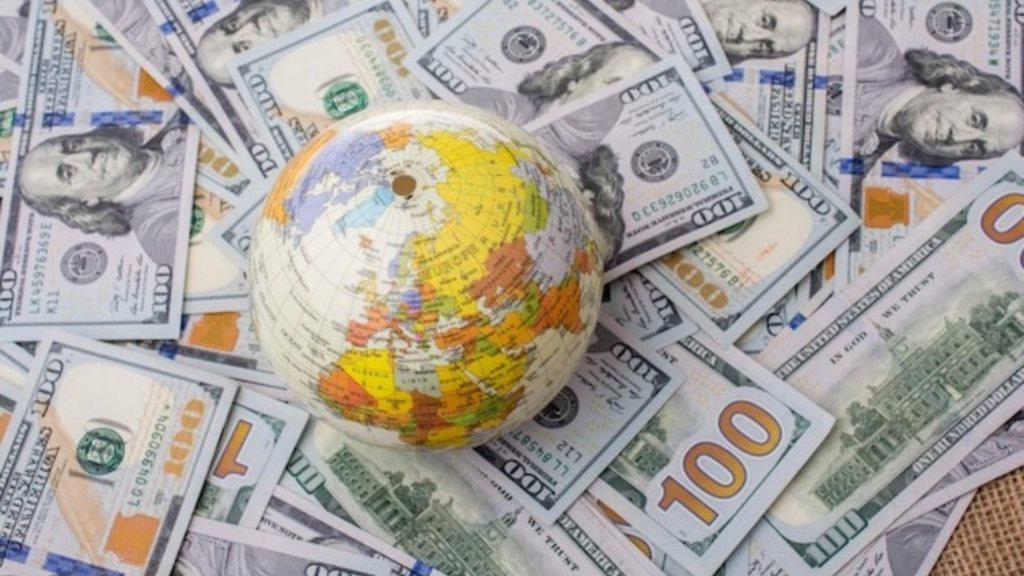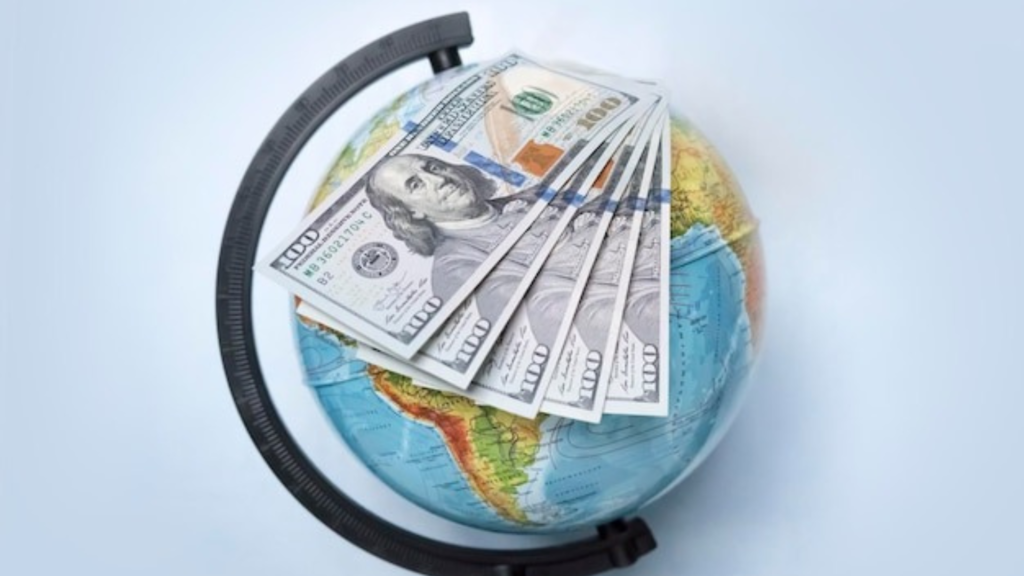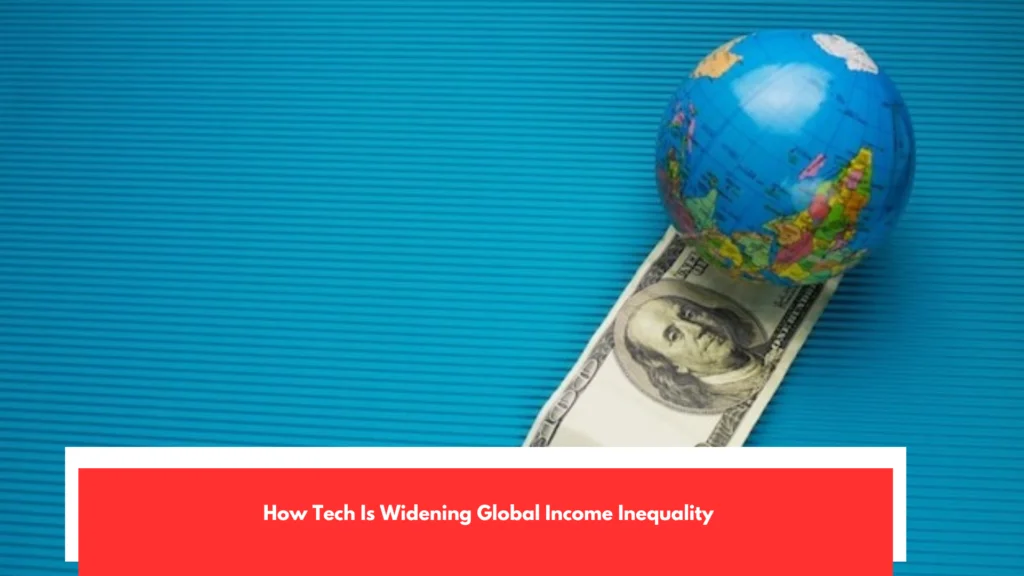The fact that the richest 1% of people today control more than 95% of the poorest group in the lowest income bracket is not only astonishing and sad, but it is also becoming worse all the time. As we stand on the brink of a revolutionary change that artificial intelligence promises, Klaus Schwab, the founder of the World Economic Forum, writes, This is a social revolution that can raise or divide humanity. AI and digital inclusion are key tools against heterogeneity. Making it easier to get online boosts productivity, but How Tech Is Widening Global Income shows that these gains aren’t shared equally.
More creativity, and more job opportunities for a wider range of people. Digital technologies are a big part of most of the things we do, such talking to others, working, buying, going to school, or having fun. But there are still approximately 2.6 billion people (one-third of the world) who don’t have access to the internet. This makes them out of touch and keeps them from getting the benefits that AI offers. Digital technology should not be a wall, but a bridge that connects all the voices and makes all the communities stronger. Artificial intelligence could help us solve some of the biggest challenges.
Endogeneity of Technology

Greatest problems that people face every day, such finding new drugs in medicine, catching fraud in banking systems, keeping track of crops in agriculture, or driving cars on their own. Even still, the technology’s uncertain morality, social hazard, and clear disparities can’t be overlooked because of the new ideas it brings. To get the most out of the benefits of digital inclusion and AI, we need to focus on building an inclusive digital economy. More people having access to technology will lead to more productivity, new ideas, and jobs in the tech industry. A digital economy that includes everyone.
Is a generator of growth. According to World Bank estimates, GDP growth in developing countries would climb by 1.4 percent if broadband access increased by 10 percent. Public policies should pay special attention to making sure that everyone has access to digital infrastructure and affordable technologies. The World Bank’s analysis shows that in a digital economy, people have a 13.2% better probability of getting more jobs, corporations have a 22% better chance of hiring more people, and firms’ exports go up almost four times. The problem of digital inclusion isn’t only about technology.
Endogeneity of Labor and Economic Mobility

It’s also about the basic human right that lets individuals learn more about themselves, improve their living conditions, and get more money. AI can help get around these problems in a number of ways, such as by allowing chatbots to translate things in real time and making language easier to understand. There are many things that can stop digital inclusion movements, such as not having the right internet infrastructure, not having enough money, or not knowing how to get digital skills.
The European Union wants at least 80% of the people in the EU to have basic digital skills by 2030. In Italy, which has a strong economy, just 45.8% of people have these abilities, which is lower than the EU average of 55.5%. Governments, corporations, and non-profit groups can work together to build social infrastructure and connect communities to alter this situation. One example is EDISON Alliance, which has already connected more than 1 billion people by bringing together more than 200.
Skill-Biased Technology

This partnership has led to more learning, better access, and economic progress. Artificial intelligence is on the rise: McKinsey wards and Company say that by 2025, 78% of businesses would use it (up from 20% in 2017). AI development, including the infrastructure, needs a lot of training data, supercomputers or strong CPUs, and people with the right skills.
There are now a lot of big IT companies in this sector, and it’s getting more competitive. Others could take over the future of this technology and keep everyone from getting the computer power, information, and better designs that new businesses need. Because of this, governments can help create an atmosphere where digital entrepreneurship and AI can grow. They need to keep an eye on and limit AI monopolies, and make sure that new businesses may use their platforms. Innovation can thrive when there are enough rules, incentives, and access to finance for small and medium-sized businesses.
Conclusion

Some steps that would make the internet a fair place for everyone to use include looking into the feasibility of open-source models and putting money into them, looking into how to make AI systems that are open and honest, and making sure that different platforms can work together. AI could help break down learning hurdles, boost creativity, and make big judgments in a number of areas. So, the most important thing is how it is put into action. AI systems may either make things better for everyone or make things worse for some people.
As AI becomes more common in our daily lives, we need to put in place long-term rules that will allow for safe and inclusive growth. AI technology shouldn’t only be a tool for a few individuals; it should be a method for everyone to get involved and be a part of a linked world. In this paper, we will look at how the use of digital technology and artificial intelligence affects equality and prejudice. Talking about the current global governance structure and how it is planned to be changed in the future shows that there are still a lot of areas that aren’t advanced enough.
